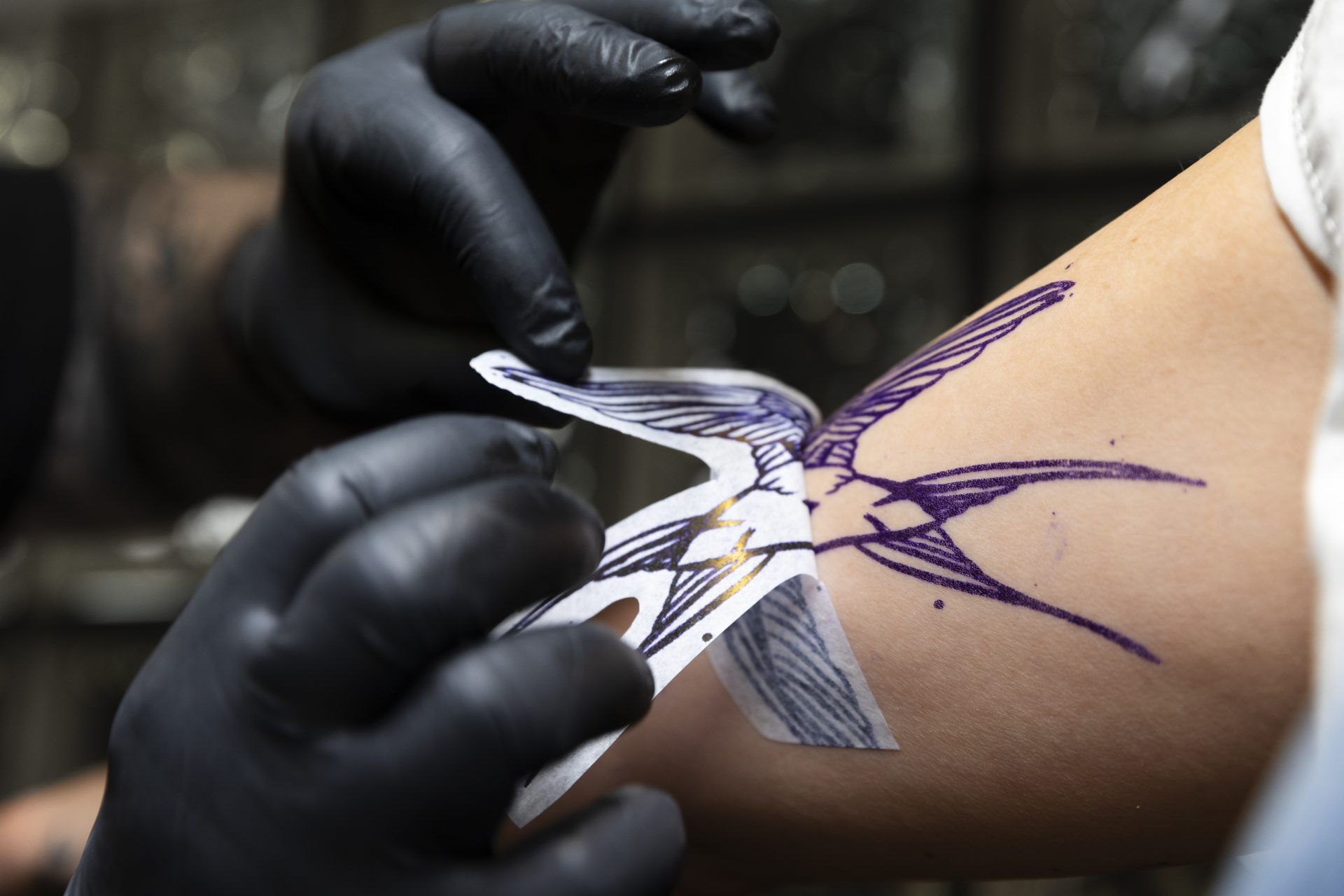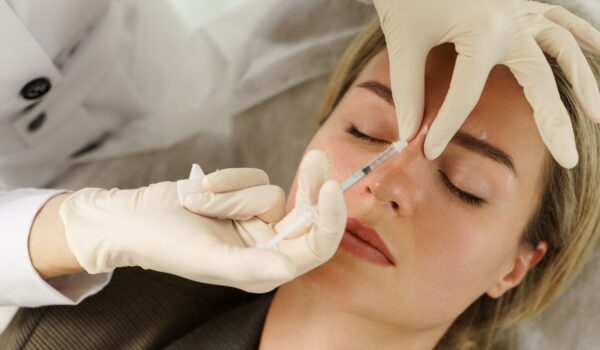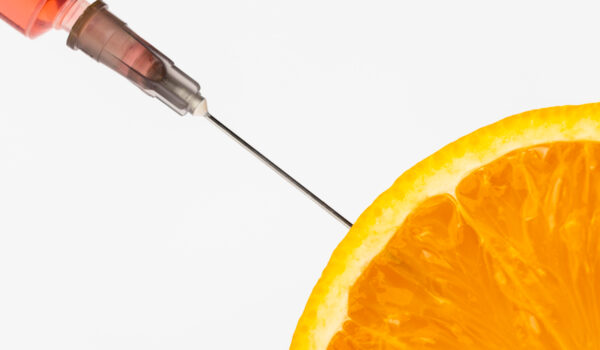Using Numbing Cream For Tattooing: Everything You Need To Know
-
February 9, 2023
Are you wondering how to reduce tattoo pain for your clients? Perhaps you have heard that tattoo numbing cream can effectively reduce the sting of the needle. But is this true?
In this blog, we will reveal if numbing cream does work for tattoos and offer insight into some of the different types that are available.
What Is Numbing Cream?
Typically containing lidocaine, numbing cream is specifically designed to desensitise a person’s skin, which helps to reduce the pain of injections or other procedures. It is used by medical professionals and in various industries, such as the aesthetics industry or the caregiving industry, and it is a popular treatment for tattoo artists to provide pain relief for their clients.
How Do Numbing Creams Work?
Acting like a local anaesthetic, numbing cream prevents the nerves from sending pain signals to the brain. Once the cream is applied to the desired area and sinks into the skin, it numbs the nerve endings, helping to desensitise the site and reduce pain.
Creams that are designed to numb an area are commonly used before a person undergoes certain procedures, such as botox injections, dermal filler injections, and tattoos (if approved by the tattooist/tattoo parlour).
Can You Use Numbing Cream Before A Tattoo?
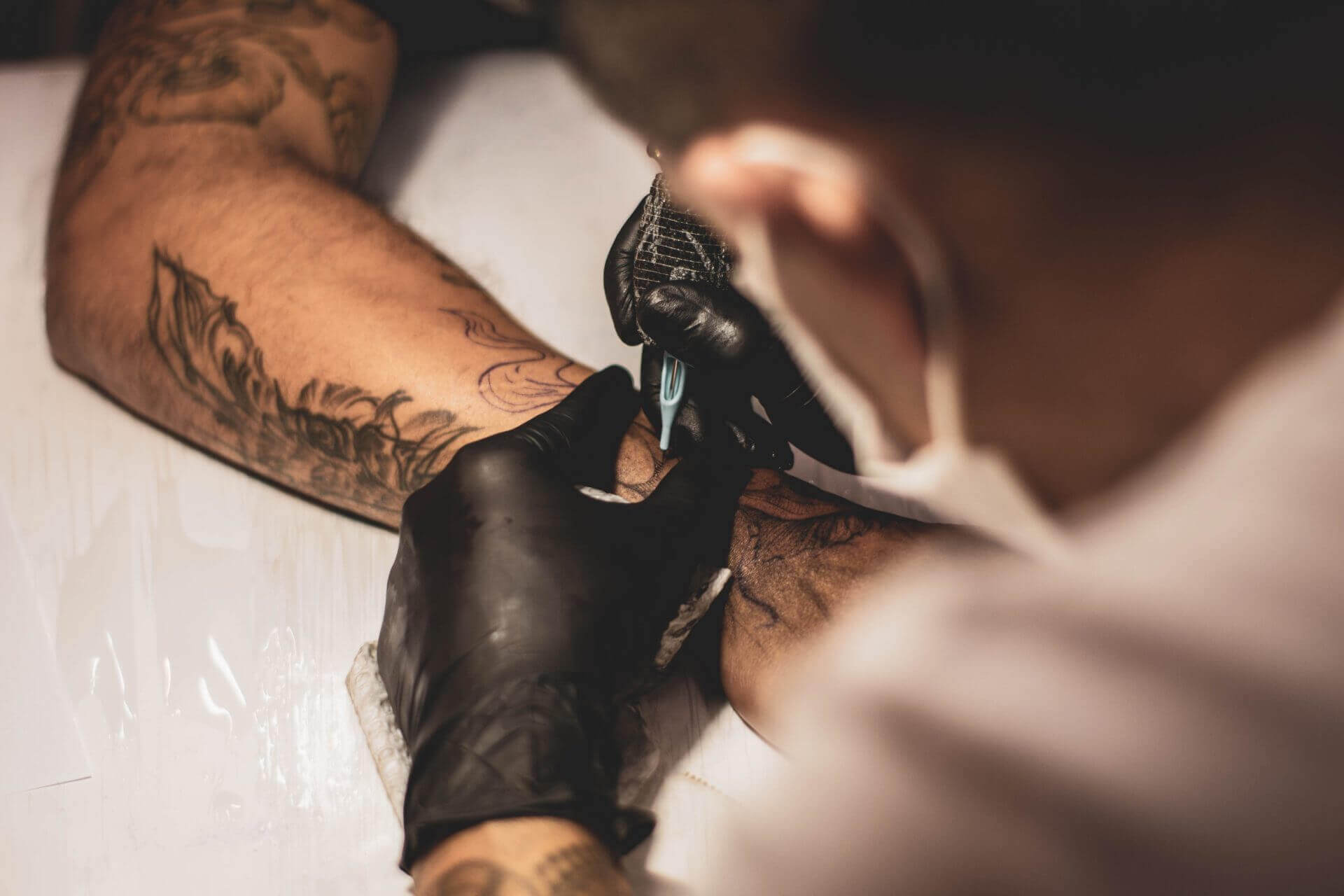

Simply put, yes. You can apply numbing cream to your client before giving them a tattoo.
It can reduce the pain someone may experience under a tattoo gun; however, its effectiveness will also depend on the size of the tattoo.
Furthermore, not all tattoo parlours approve of numbing creams and you may not be able to apply it to the customer you are tattooing.
There are many reasons why tattooists may not approve of numbing creams.
For example, the cream can make the skin slippery and jelly-like, which can provide a difficult surface for the tattooist to work on. Also, it is recommended that you do not apply numbing cream if the tattoo is going to be large or time-consuming. This is because the cream may wear off before the tattoo is complete.
Usually, lidocaine is the active ingredient in a vast amount of skin-numbing creams, which helps to reduce pain; however, it won’t sink below the surface of the skin, so it is often most effective if used with another type of treatment.
Some numbing creams can also be used to desensitise the skin before someone gets a piercing. Customers should always discuss this with the body piercer before their appointment since, as with tattooists, they may refuse to carry out the procedure if the customer has applied any kind of pain relief.
There are several other reasons to use numbing cream, such as before laser treatment since it will not affect the results for the patient but it will reduce the pain and discomfort they may experience.
How Long Do Numbing Creams Take To Work Before A Tattoo?
Typically, you should apply numbing cream generously to a small area of the customer’s skin. Once the cream has been absorbed by the skin, it will begin to numb the nerve endings of the site within 15 minutes. However, it can take up to 60 minutes to provide pain relief.
This means that you should apply numbing cream at least 1 hour before the tattoo procedure.
Numbing cream can be left on the skin for up to 4 hours; however, the area where it was applied may remain numb for up to 2 hours after you have removed it from your customer.
How Do You Apply Tattoo Numbing Creams?
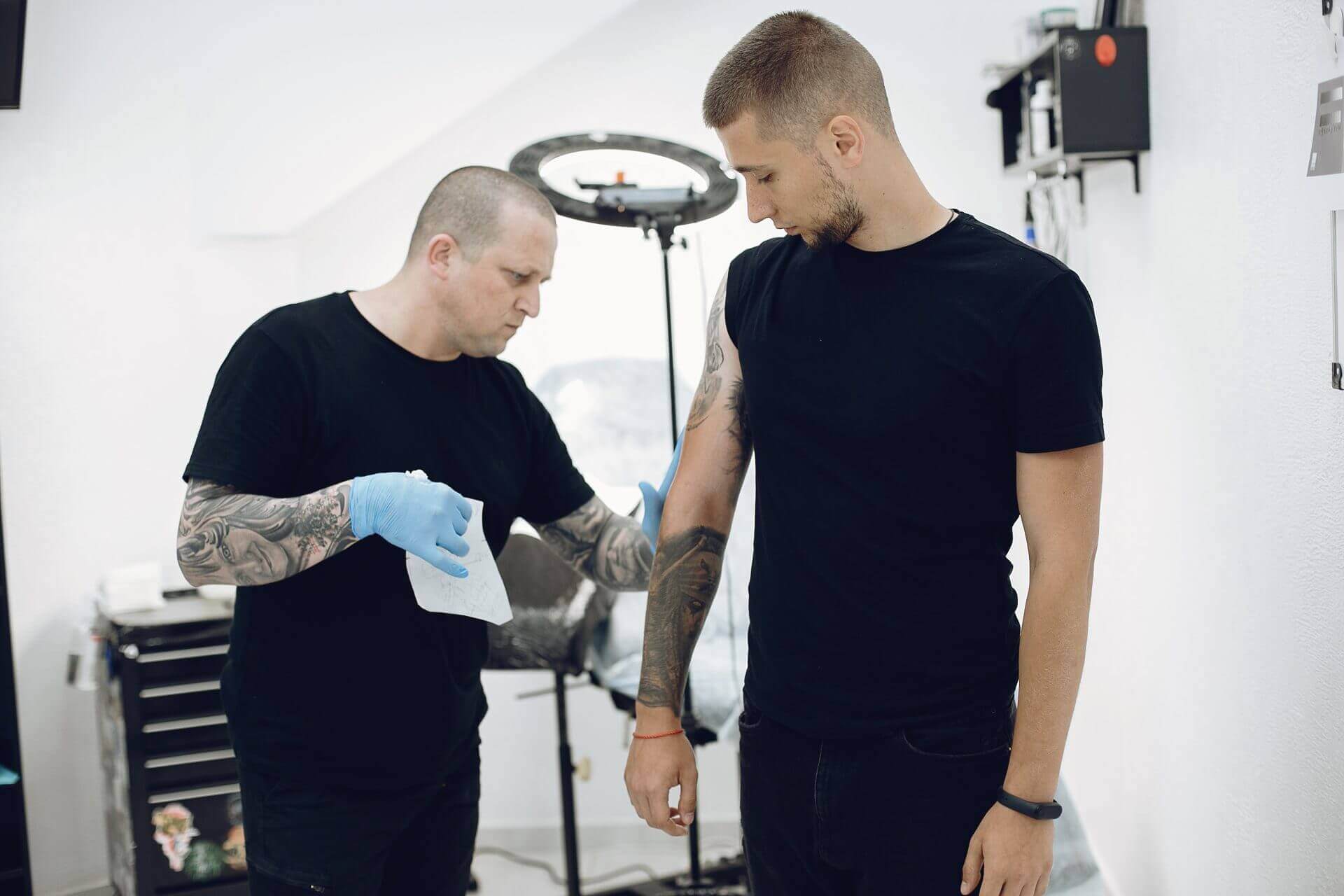

In most cases, numbing creams can be applied differently, according to their type and the manufacturer’s recommendations. However, most creams can be applied by following these instructions:
- Before you apply numbing cream, wash your hands and the area of the skin you wish to desensitise.
- Apply a generous amount of numbing cream (around the size of a 10-pence piece) to the place where you will be applying the tattoo.
- Do not rub the numbing cream in. Do not apply numbing cream to open wounds.
- Cover the area with a plastic, non-stick dressing to prevent air and water from getting in, which will help the skin to absorb the active ingredients in the numbing cream.
- The area should begin to feel numb within 15 mins, but it can take between 20-60 mins for it to fully take effect.
- Once the area is numb, wipe the cream off with a clean cloth and disinfect the skin.
Remember, numbing cream should continue to work for up to 2 hours after it has been removed, which should keep the area numb and painless for as long as it takes to get a small tattoo.
Which Tattoo Numbing Cream Should I Use?
The type of anaesthetic cream or gel you choose to use on your client should depend on how long the procedure will be and how big the tattoo is.
Revolve Medicare offers the below numbing creams:
£5.00
This gel is very fast acting compared to other numbing gels/creams since it only takes around 30 minutes to start working. However, it is best used for small tattoos as its effects can wear off fairly quickly.
£18.00
This cream takes around 60 minutes to numb the desired area. Again, it is best used for small tattoos since its effects will begin to wear off after 2 hours.
3. J-Cain Cream With Lidocaine 10.56% 500g
This is considered to be one of the most powerful and long-lasting anaesthetic creams. It is mainly used in dermatology and cosmetology. It takes between 30 and 45 minutes for it to numb the desired area and the numbness lasts for between 3 and 4 hours.
£19.99
This cream typically takes around 30 minutes to take effect and it desensitises the area for up to 60 minutes.
What To Look For In A Tattoo Numbing Cream
Strength
The maximum lidocaine you will find in an over-the-counter numbing cream is 5%.
If you know the tattoo procedure will be a long one, then you may want to use a numbing cream that has a lidocaine strength between 4% and 5%.
However, you may prefer using a numbing cream that has a lower lidocaine strength, such as 3%, because the transition from feeling numb to feeling pain will be easier for the customer compared to if you used a numbing cream that has a 5% lidocaine strength.
Formula
You can either choose a multi-purpose numbing cream or a cream that is specifically designed to help reduce the pain during a tattoo procedure.
Multi-purpose numbing creams and gels are effective for numbing a particular area before a variety of procedures, such as medical and cosmetic procedures. They can also be effective for tattoo procedures, but it will depend on the size of the tattoo you are doing.
Does Numbing Cream Affect Tattoos?
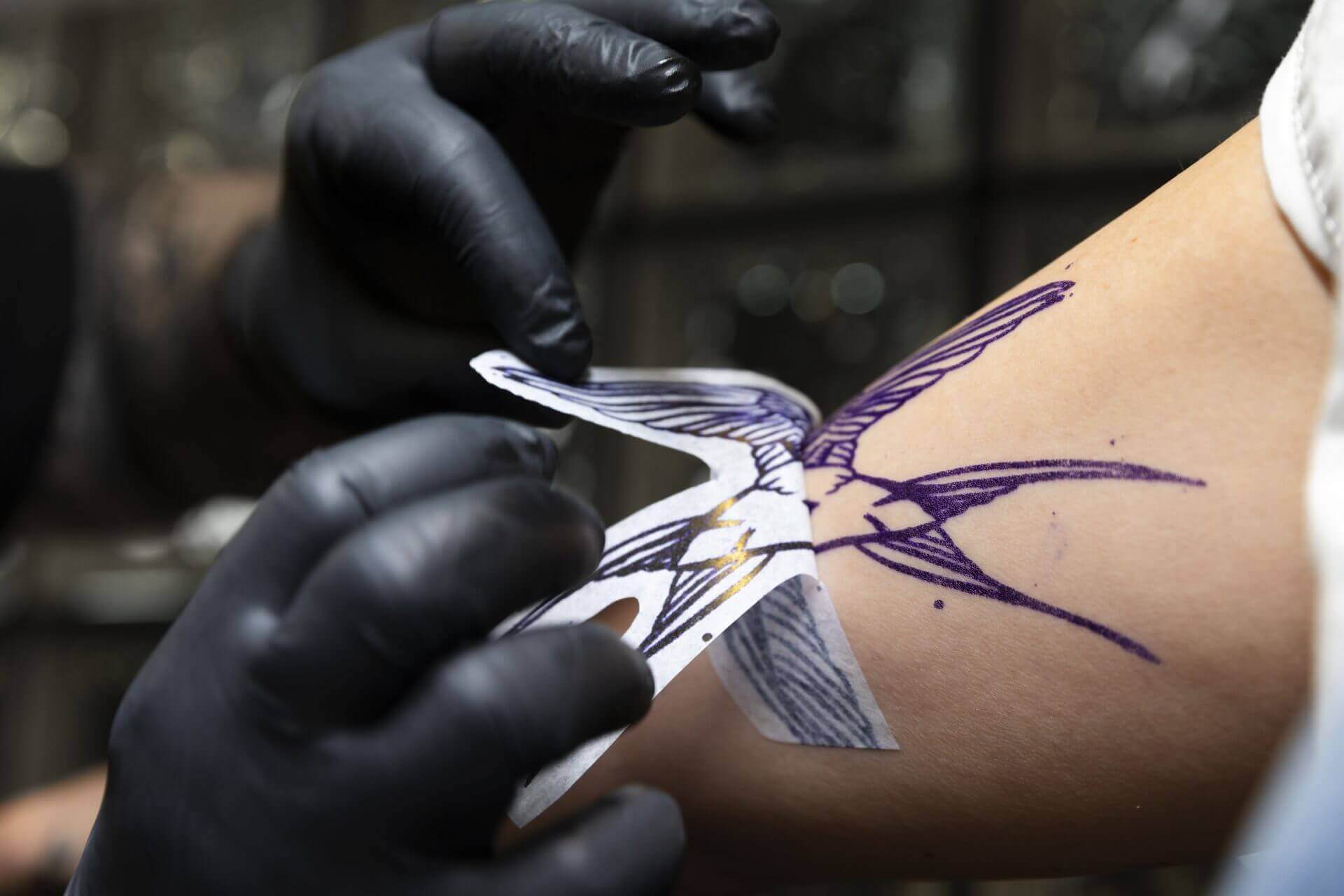

If you use a high-quality numbing cream or numbing gel, then it should not affect the tattoo.
However, you should ensure that you thoroughly remove the cream once the area is numb, otherwise, the surface of the skin will be slippery, which will make it difficult to work on.
Also, be aware that overusing numbing cream can dramatically pull the blood supply away from the surface of the skin, which will make the skin white and jelly-like, causing the tattoo process to be more difficult.
What Are The Side Effects Of Numbing Cream?
The recipient of the numbing cream may experience some side effects. These include:
- A redness or paleness around the area where the numbing cream was applied.
- Other changes in skin colour.
- Itchiness.
- A burning sensation.
If the burning sensation continues, or there are other signs that the recipient is experiencing an allergic reaction, they should seek medical attention immediately.
Where Can You Buy Tattoo Numbing Cream?
Revolve Medicare offers various numbing creams that are suitable to use during tattoo procedures. Additionally, Revolve Medicare stocks a wide range of skincare products, some of which can be used for tattoo aftercare.
Related Posts
-
By: Adam Diwan
-
January 8, 2024
Top 5 Aesthetic Trends for 2024
-
By: Adam Diwan
-
January 2, 2024
The Different Types of Aesthetic Injection Processes Explained
-
By: Adam Diwan
-
December 27, 2023
8 Reasons to Offer Vitamin Injections to Your Aesthetic Clients
-
By: Adam Diwan
-
December 19, 2023
How to Set Weight Loss Goals for 2024
-
By: Adam Diwan
-
December 14, 2023
Non-Surgical Solutions For Losing A ‘Mum-Tum’
-
By: Adam Diwan
-
December 5, 2023

